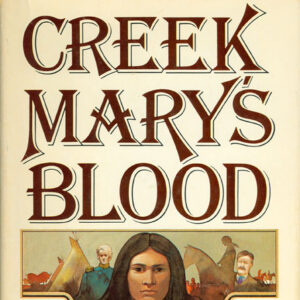 Creek Mary's Blood by Dee Brown
Creek Mary's Blood by Dee Brown
Entry Type: Thing
 Creek Mary's Blood by Dee Brown
Creek Mary's Blood by Dee Brown
 "Crépuscule," Performed by Barbara Hendricks
"Crépuscule," Performed by Barbara Hendricks
Crescent College and Conservatory
 Crescent College Uniform
Crescent College Uniform
 Cribraria cancellata
Cribraria cancellata
 Cricket Frog
Cricket Frog
 Crickets and Grasshoppers
Crickets and Grasshoppers
Crisis at Central High
 Crisis at Central High Actors
Crisis at Central High Actors
Crisis Pregnancy Centers
Crittenden County Courthouse
 Crittenden County Map
Crittenden County Map
Cromwell Architects Engineers, Inc.
Crop Circles
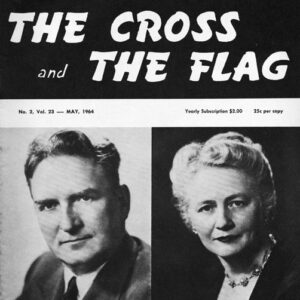 The Cross and the Flag
The Cross and the Flag
 Cross County Map
Cross County Map
Cross Hollow (Camp)
Crossett Light
Crossett Lumber Company
 Crossroad Fire Tower
Crossroad Fire Tower
 Crow Memorial
Crow Memorial
 Andy Crum Bank Note
Andy Crum Bank Note
Crushed Stone Mining
Crustaceans
Crystal Bridges Museum of American Art
Crystal Springs Dam and Camp Shelter
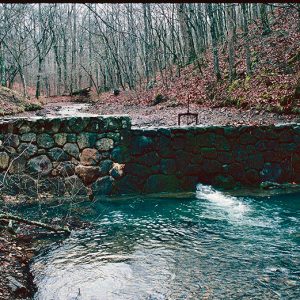 Crystal Springs Dam and Camp Shelter
Crystal Springs Dam and Camp Shelter
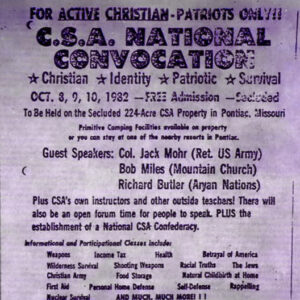 CSA Flyer
CSA Flyer
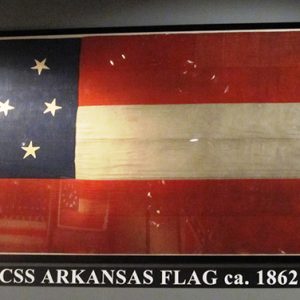 CSS Arkansas Flag
CSS Arkansas Flag
 CSS Pontchartrain Marker Dedication
CSS Pontchartrain Marker Dedication
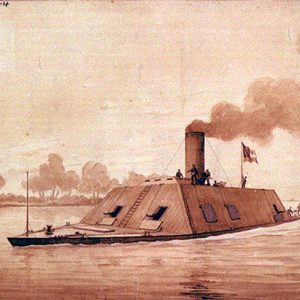 CSS Arkansas
CSS Arkansas
 CSS Arkansas
CSS Arkansas
 CSS Arkansas
CSS Arkansas
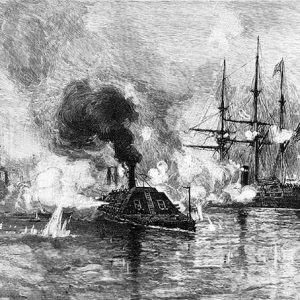 CSS Arkansas
CSS Arkansas
CSS Arkansas
CSS General Earl Van Dorn
aka: CSS Van Dorn
aka: CSS Earl Van Dorn
aka: CSS General Van Dorn
aka: Junius Beebe
CSS General M. Jeff Thompson
CSS General Sterling Price
aka: CSS General Price
aka: CSS Price
aka: Laurent Millaudon
aka: L. Millandon
aka: Milledon
CSS Maurepas
CSS Pontchartrain
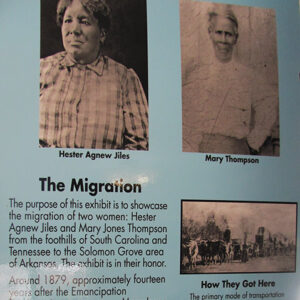 Cultural Center Exhibit
Cultural Center Exhibit
Cultured Pearl Industry
 Cumberland Presbyterian Congregations
Cumberland Presbyterian Congregations
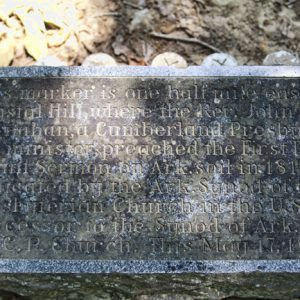 Cumberland Presbyterians Plaque
Cumberland Presbyterians Plaque
 Curia Creek Bridge
Curia Creek Bridge
Curran Hall
aka: Little Rock Visitor Information Center
aka: Walters-Curran-Bell House
Current River
 Cutthroat Trout and Brook Trout
Cutthroat Trout and Brook Trout
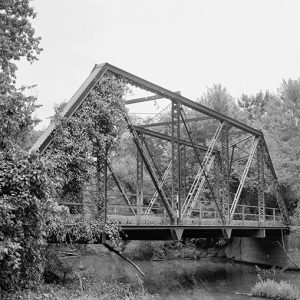 Cypress Creek Bridge
Cypress Creek Bridge
 Cyprinids
Cyprinids




